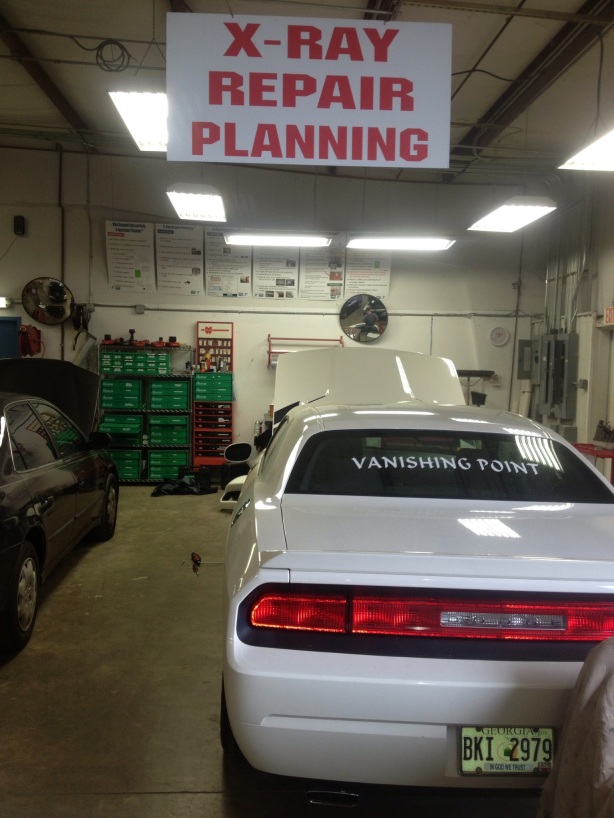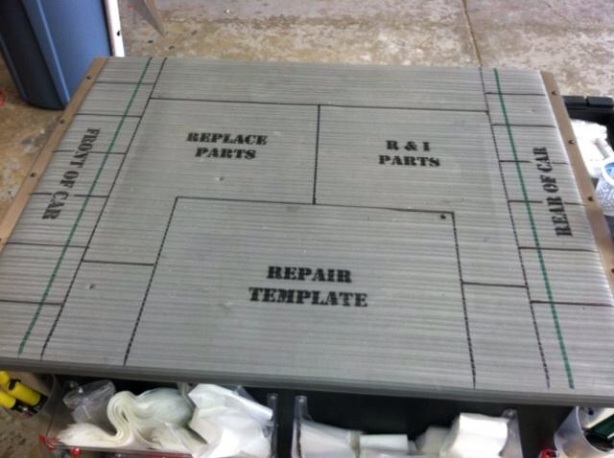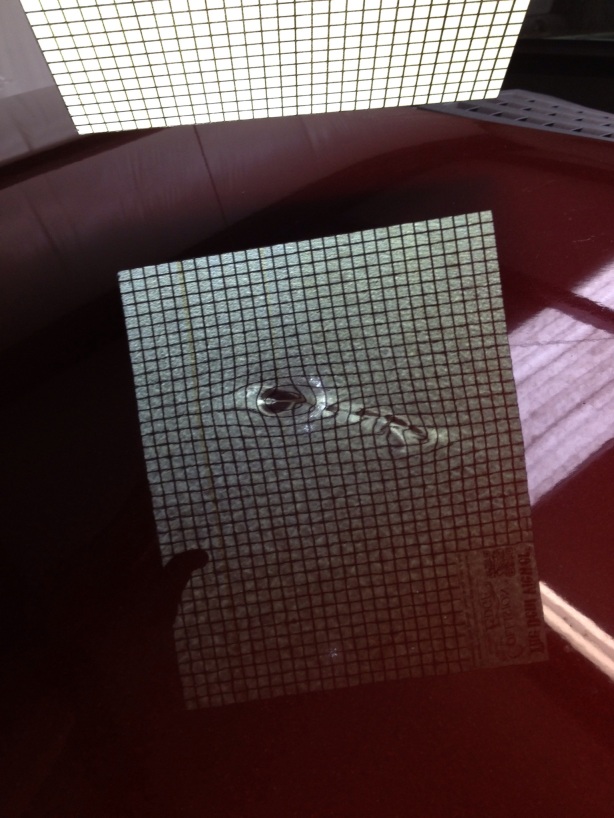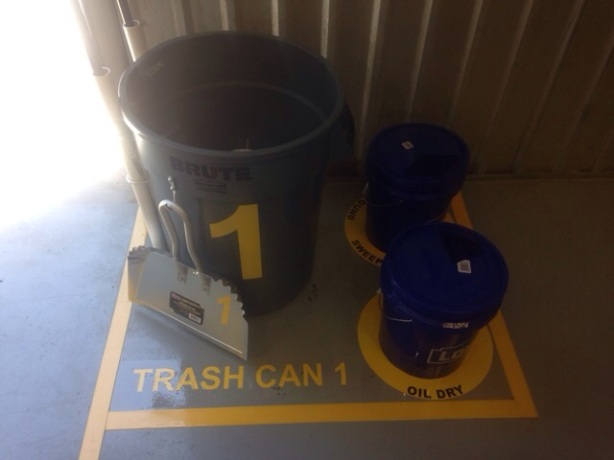If you want to get paid, get organized!
Increased OEM competition has driven the complexity of our car color palette to a whole new level. New technology has our painters spraying more and more highly specialized colors that contain pigments can be crazy expensive. You may not realize this, but 30% of the materials you buy are toners. Color is one of the main components that makes or breaks a shops material profitability.
Today we are going to briefly explore a few points that will immediately change the game for your shop.
The Average Process:
So here is a scenario I’ve seen many times. A car comes in the shop. We rip it apart, order some parts and work on it typically 1.5 hours a day for 10 or 12 days. (another subject entirely) When parts come in and we send them to paint. Now the paint shop just wants to get the parts back to the bodyshop asap so they hunt up and mix a paint code. (Hopefully its on the part or we are going to waste 30 minutes hunting for the car and the code!) We then mix the main formula and “cut in” the part. Have you ever thought about this process? “Cut in” is the process where the painter edges the parts with sealer, color and clear so it can be hung on the car. The leftover catalyzed sealer and clear ends up in the waste drum and most likely the left over base coat goes into a big cabinet I like to call the “Color Graveyard”.
Lets evaluate the waste here.
1. No paint code supplied. How much time does that cost?
2. We guessed at the color variant to mix (this is good for later when we are tying up a booth matching the paint)
3. We had enough material left in the gun to seal, base and probably clear the entire part but because the body men don’t like to install painted sheet metal we only did the edge or underside.
4. This process guaranteed a second booth cycle. Have you ever calculated what a booth cycle cost your shop in time and money? In a month where you are not using a lot of building heat, take your gas bill and divide it by the number of cars you paint in a month. I’ve seen $30 a car or more and it gets worse if you don’t change booth filters often enough. (a topic for another day)
Solution.
Take control of the job in the beginning.
As a part of your disassembly process:
1. Identify the exact color that you need. Put the color chips in your tear down bay if you have to, but get the color picked early. Add a visual communication cue to the paint shop that a color needs to be picked in the body shop. It can be as simple as a colored bulb in the mixing room 3 way switched from the body shop. Whatever you can do to stop walking, make it happen. There is nothing wrong with preparing a spray out card at this point, changing the order of operations can save a lot of headache later.
2. Document the paint code visually wherever you decide, but put it in the same place every time. Many shops use the windshield.
3. Check with your paint manufacturer for their list of codes that contain specialty pigments. Cross reference your code with that list to determine if you need to add a supplement for materials. Use your paint computer to track your material cost on those jobs, print an invoice and you will get paid. Just a suggestion, don’t beat up your insurance guy for nickels. It only makes it tougher to get paid when it’s time to collect legitimate dollars. I got involved with a job that required a $1500.00 material supplement on a a Porsche. The car had color shift pigment in it and the shop owner told me that the major insurance company would never pay it. I called the adjuster myself and explained the situation. A phone call plus an invoice from PPG’s Paint Manager saved this job from being just painting practice. The shop didn’t lose money, in fact the supplement included a legitimate markup for materials.
In the Paint Shop:
1. Try to mix only what you need to do the job
2. Paint entire parts off the car. If they match and they don’t get damaged during assembly you just saved a booth cycle. If it gets damaged or doesn’t match perfect its ok, because its easier to spot or blend adjacent panels than to seal, base and clear entire panels. Remember each coat of product applied in the booth takes on average 5 minutes. Painting parts up front complete eliminates a lot of booth time even if the car has to go in for a second cycle. Ideally the blend panels go in the booth at the same time as the part and the car never goes in the booth at all. This is a stretch for shops that are still paying techs to produce hours instead of cars, so I don’t talk about it a lot. Either way the goal is to improve booth utilization.
3. Control your inventory. Create a visual system that keeps mixed color only as long as its needed. (I’ve seen some shops come up with some cool ideas on this, we can talk about offline anytime.)
3. When you are sure the paint is not needed anymore, don’t dump it out! If you are not using catalyzed color, combine left over base coat into 6 or 7 gallon containers with with agitator lids installed. This way you can use your Whites, Blacks, Reds, Silvers, etc. as base colors for other jobs. The result, you won’t have to mix as much of the right color for the next job. Try not to ever waste color, its too expensive.
I hope this information was helpful. Please feel free to Comment, Share or Follow out little blog. We can all learn a lot from each other.
tB
Like us on Facebook!
Check out “The Tape Thing” on YouTube http://youtu.be/qd9s_hr-iYE





